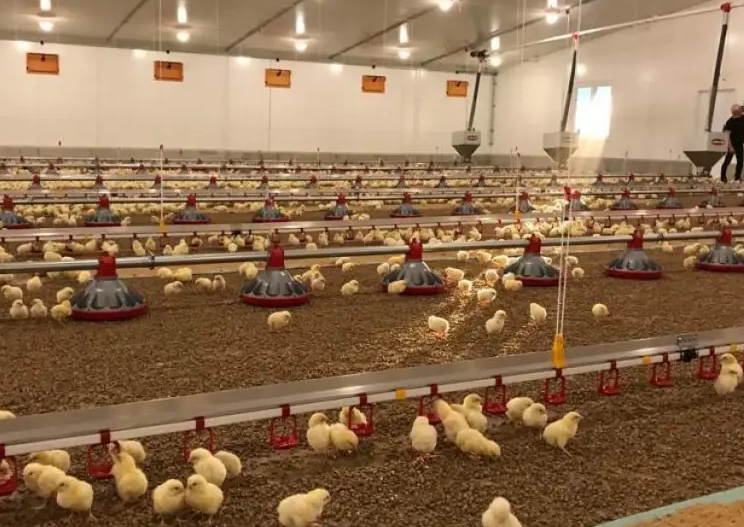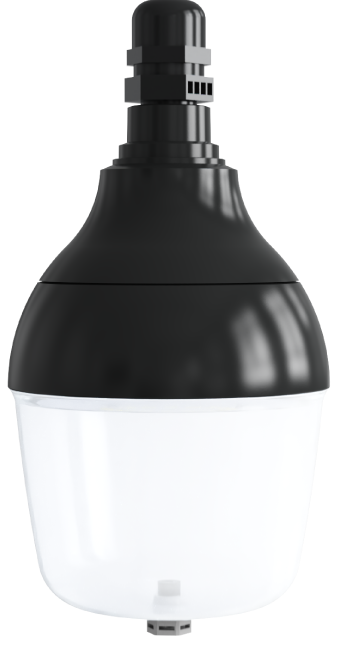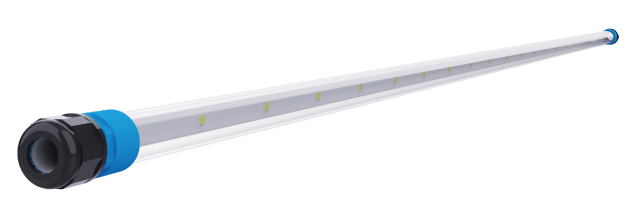The Effect of Chicken Brooder Light on Chickens Brooding

Directory:
1. Introduction
2. Materials and Methods
3. Key Findings
4. Discussion
1. Introduction
Light stimulation during the incubation period plays a critical role in avian embryonic development and post-hatch performance. Traditional lighting methods, which involve external light sources above eggs, face limitations due to eggshell filtering effects caused by variations in shell structure, pigmentation, and thickness. This study explores the feasibility and efficacy of in ovo lighting (light applied directly inside eggs) compared to conventional external lighting, focusing on its impact on embryo growth, hatch time, and early chick development. Additionally, the effects of different light colors (green, red, and red-green combinations) and photoperiods (12L:12D vs. 18L:6D) were investigated. A novel smart in ovo lighting device was also designed to optimize light delivery and overcome traditional limitations.
2. Materials and Methods
Experimental Design
Hy-Line Brown breeder eggs were divided into groups for three experiments:
Experiment 1: Comparison of external vs. in ovo lighting (Control, Control-Lighting, In Ovo Lighting).
Experiment 2: Effects of chicken brooder light colors (green, red, red-green) and photoperiods (12L:12D vs. 18L:6D).
Experiment 3: Validation of a smart in ovo lighting system.
Eggs were incubated at 37.6°C and 60% humidity. In ovo groups received LED chicken brooder lights inserted into the air cell (3 mm diodes), while external groups used overhead LED chicken brooder strips. Parameters measured included embryo/chick weight, residual yolk weight, organ weights (heart, liver), skeletal metrics (body length, tibia, tarsus), and hatch timing.
3. Key Findings
3.1 In Ovo Lighting Feasibility and Advantages
(1) Shorter Incubation Time: In ovo lighting (IOL) advanced the hatching peak by 12 hours compared to external lighting (CON-L) and dark controls (CON) (P < 0.05).
(2) Enhanced Early Growth: At embryonic day 14 (ED14), IOL significantly increased relative embryo weight (P < 0.05) and body length compared to CON-L. However, no differences were observed at later stages (ED18. DOH).
(3) No Adverse Effects: Residual yolk weight, heart, and liver weights showed no significant differences between groups, confirming the safety of in ovo light insertion.
3.2 Light Color and Photoperiod Effects
(1) Hatch Timing: Green (IOL-G), red (IOL-R), and red-green (IOL-RG) lights all advanced hatching by 12 hours compared to controls.
(2) Photoperiod Impact: Extending light exposure from 12L:12D to 18L:6D significantly improved embryo weight (ED14. ED18; P < 0.01), body length (ED18; P < 0.001), and liver development (DOH; P < 0.0001).
(3) Green Light Benefits: Green light promoted early intestinal development (D7; P < 0.05) and sustained body length growth post-hatch. However, it reduced relative heart weight at ED18 and D7 (P < 0.01), suggesting color-specific physiological trade-offs.
3.3 Smart In Ovo Lighting Device
A multi-component system was designed to address traditional limitations:
(1) Direct Embryo Exposure: Bypasses eggshell filtering using intra-egg LEDs.
(2) Customizable Settings: Adjustable light colors, intensities, and photoperiods.
(3) Cost-Effective and Safe: Minimal structural disruption to eggs and easy maintenance.
4. Discussion
In ovo lighting proves superior to external methods by directly stimulating embryos, shortening incubation, and enhancing early growth metrics. Green light emerged as particularly effective for accelerating hatch timing and improving post-hatch development, though its impact on cardiac metrics warrants further study. The 18L:6D photoperiod optimized embryo growth, likely by mimicking natural light conditions that enhance metabolic activity. The novel smart device offers scalable solutions for both research and commercial hatcheries, enabling precise light management across poultry species.
This study demonstrates that in ovo lighting, particularly with green light and an 18L:6D photoperiod, significantly improves hatch efficiency and early chick development. The integration of smart lighting technology ensures consistent, energy-efficient light delivery, overcoming eggshell-related limitations. These findings provide actionable insights for optimizing poultry incubation protocols and enhancing production sustainability.
5. Related Products



6. Related Solution & Science
7. Related Poultry Lighting Blog
The Effect of Light in the Chicken Coop on Poultry Farming Production